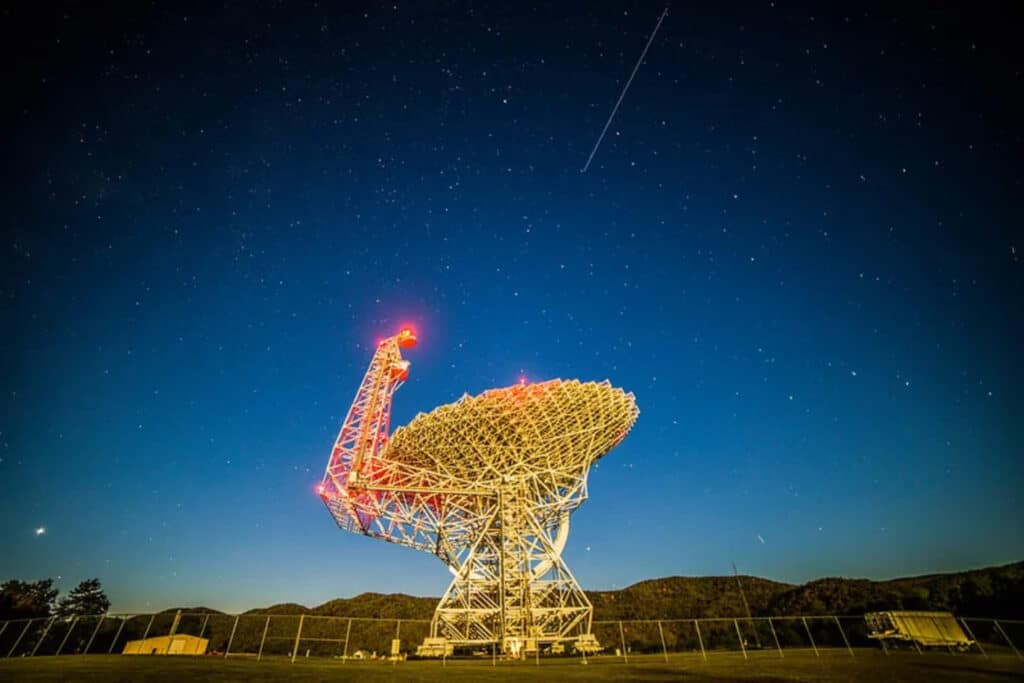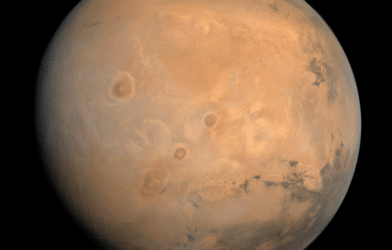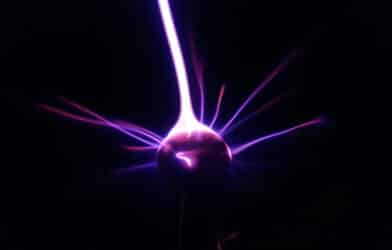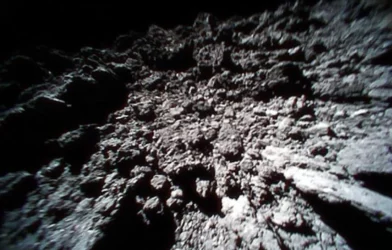It appears astronauts don’t have to go the full “Armageddon” route to destroy an Earth-ending meteor. In a move to fortify Earth against potential catastrophic impacts from asteroids and comets, the National Academies’ 2023-2032 Planetary Science and Astrobiology Decadal Survey has pinpointed ground-based astronomical radar systems as critical to planetary defense. This innovative strategy is set to significantly enhance our capabilities to detect and monitor hazardous celestial objects, marking a pivotal moment in safeguarding our planet.
Currently, the vanguard of this celestial watch is NASA’s Goldstone Solar System Radar, a solitary beacon within the Deep Space Network (DSN) dedicated to such missions. However, the landscape of planetary defense is poised for a transformation with the introduction of the next generation RADAR (ngRADAR) system by the National Radio Astronomy Observatory (NRAO). This new instrument concept aims to utilize the National Science Foundation’s Green Bank Telescope (GBT) alongside other existing and future facilities to broaden these critical observation capabilities.
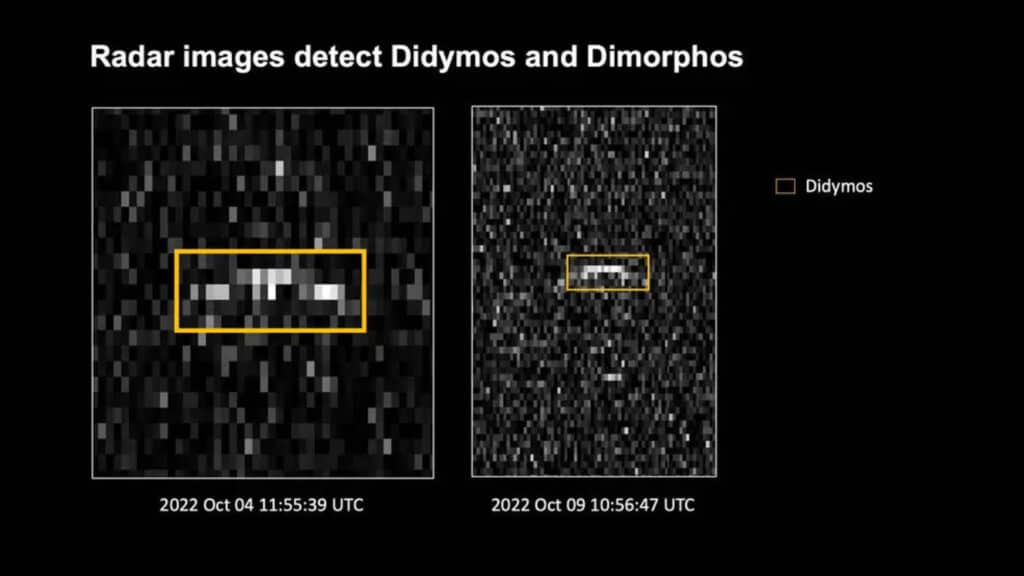
“There are many applications for the future of radar, from substantially advancing our knowledge of the solar system, to informing future robotic and crewed spaceflight, and characterizing hazardous objects that stray too close to Earth,” says Tony Beasley, NRAO’s director, in a media release.
This sentiment is echoed by Patrick Taylor, NRAO scientist and ngRADAR project director, who highlighted the role of the GBT in confirming the success of NASA’s DART mission. This mission marked humanity’s first successful attempt at altering an asteroid’s trajectory. Elaborating on the GBT’s capabilities, Taylor notes its unprecedented achievements in lunar imaging with a low-power transmitter.
“Imagine what we could do with a more powerful transmitter,” says Taylor, underscoring the potential for even greater discoveries and planetary protection measures.
Marina Brozović, of NASA’s Jet Propulsion Laboratory, highlights the need for modernization, pointing out that the technology underpinning Goldstone’s radar system has remained largely unchanged since World War II.
“For 99 percent of our observations, we transmit and receive from this one antenna. New radar transmitter designs, like ngRADAR on the GBT, have the potential to significantly increase the output power and waveform bandwidth, allowing for even higher resolution imaging,” explains Brozović. “It will also produce a scalable and more robust system by using telescope arrays to increase the collecting area.”
Brian Kent, NRAO scientist and director of science communications, also underscores NRAO’s pivotal role in this endeavor, facilitated by its array of instruments capable of receiving radar signals.
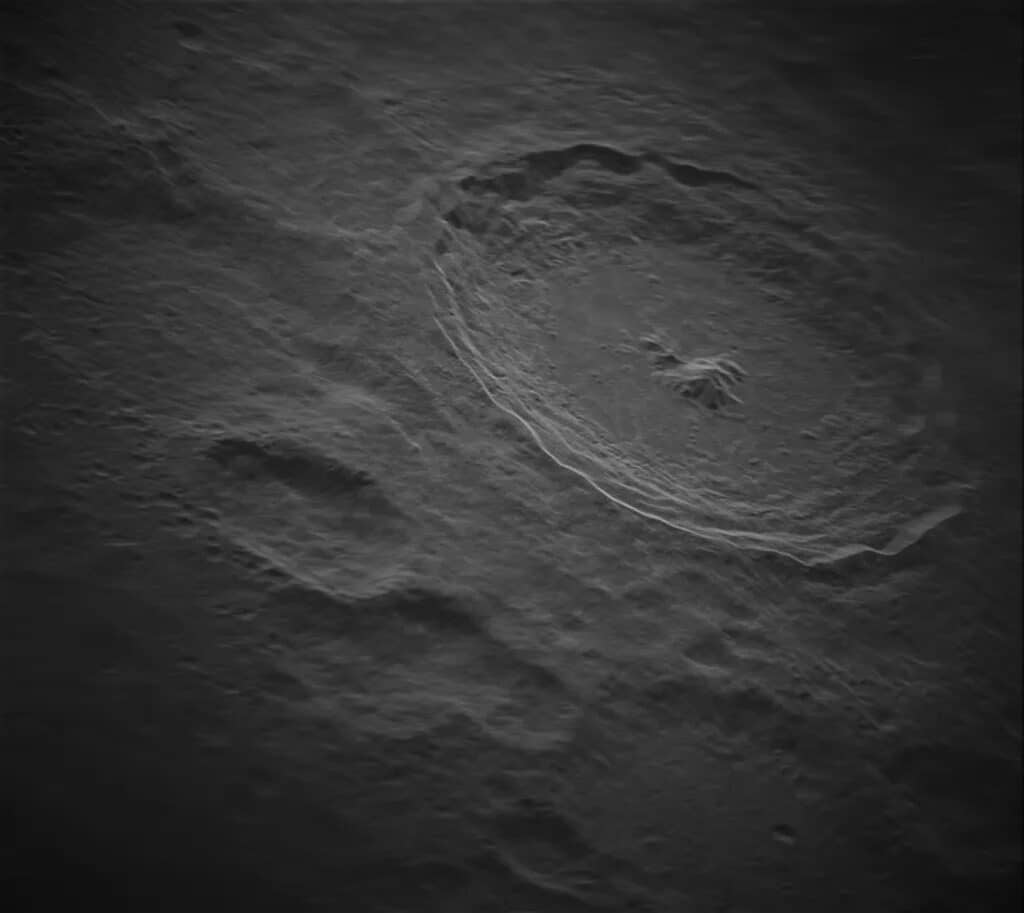
“Future facilities like the next generation Very Large Array, as a receiver, will create a powerful combination for planetary science,” says Kent.
This initiative represents a significant leap in our ability to study the solar system and protect Earth. By mapping the surface and geology of planets and moons and tracking the movement of Near Earth Objects, ground-based astronomical radar systems offer a glimpse into the cosmic dangers lurking in space and how we might avert them. The collaborative efforts of NRAO and its partners herald a new era in planetary science and defense, showcasing the power of innovation in securing the future of our planet.
The findings will be showcased at the American Association for the Advancement of Science’s annual conference in Denver, Colorado, on Feb. 17, where scientists will present recent results obtained with ground-based radar systems.
